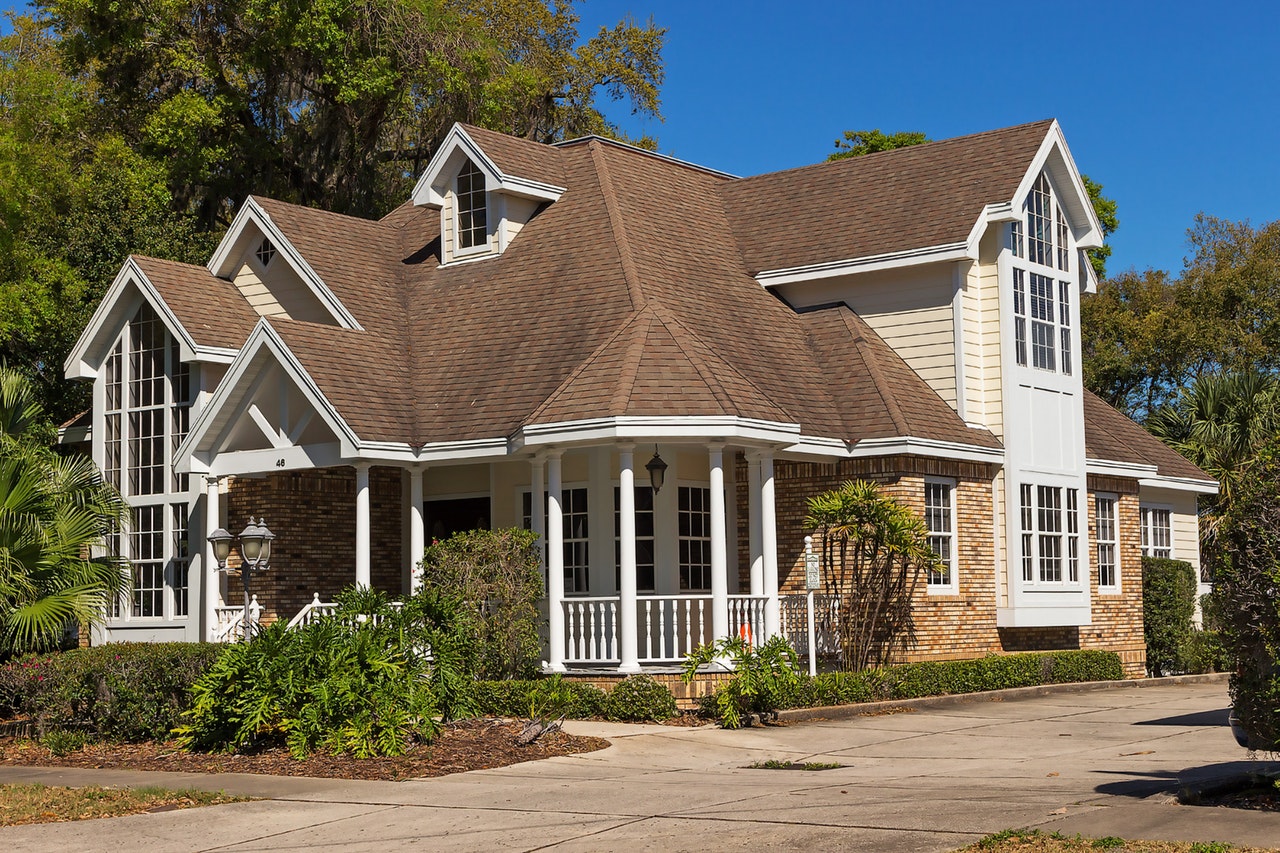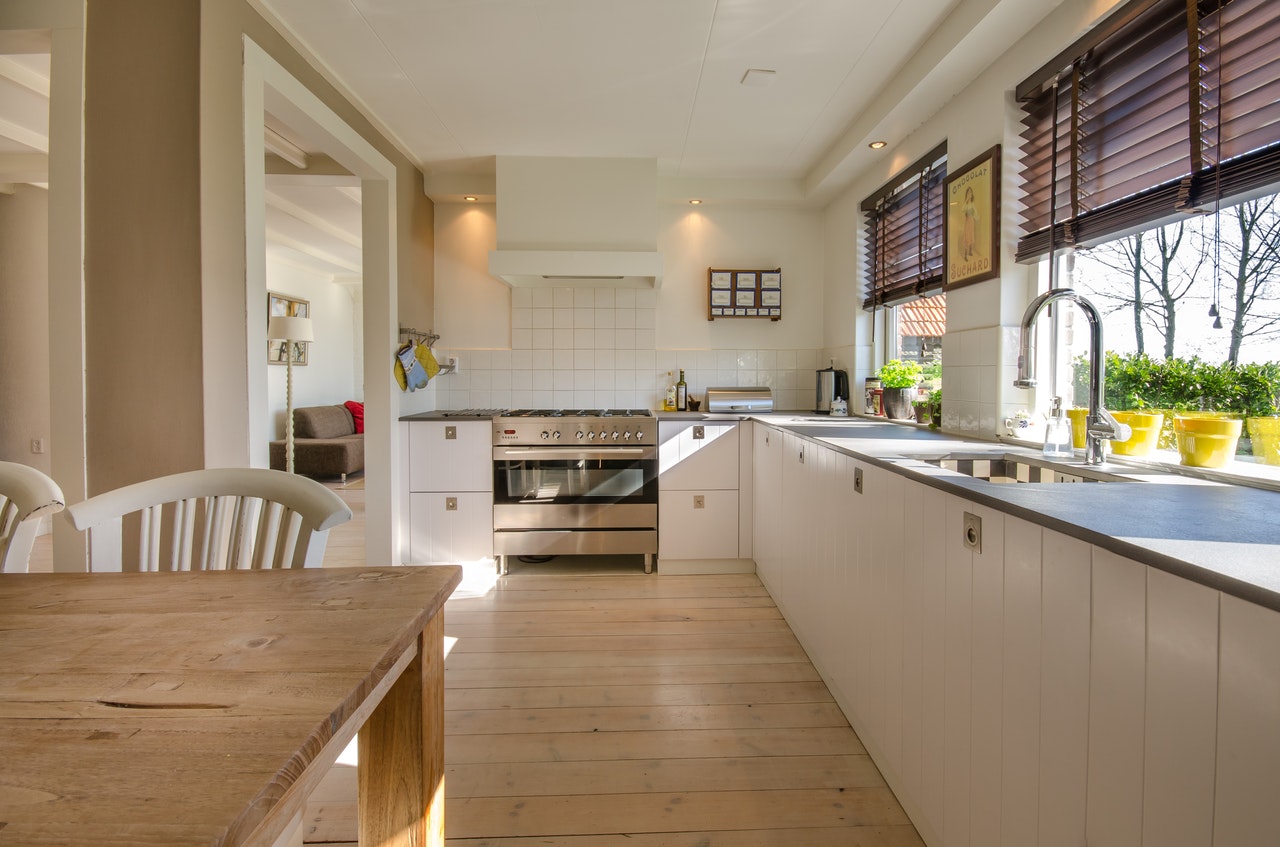Top 7 Roof maintenance considerations
Roofs are not cheap nor are their repairs. Installing a new roof is a big investment that most of us try to prolong. Although an average roofing tends to last somewhere between 10 to 15 years, its life expectancy can severely be shortened by negligence. So, in order to save money, you have to pay lots of attention to maintenance.
But where to start? How do you approach the topic?
Don’t worry, we got you covered. Once you read this amazing article, you will know everything there is about roofs and how to properly keep them in perfect shape.
Let’s dive right in!
1. Buying the right product
If you hate doing things around the house and in particular, don’t like roof repairs, you might consider getting a product that is easy to maintain. Certain items require lots of care while others are pretty straightforward. So, the first considerations start when you’re getting a new roof.
2. Avoid overburdening
Each type of roof material has a certain weight so the difference between asphalt shingles and for example metal tiles is enormous. While you might want to focus on exterior design, you also avoid products that the structure cannot support. Click here to understand why overburdening is bad for both interior and exterior of your home. In simple words, overburdening will call for more repairs and create more issues in the roof.
3. Call for help
Ideally, you would like to do all maintenance yourself. But sometimes, you should rely on professional assistance. If you’re new to this choir, you might want to call for help the first time you see extensive damage. A professional roofer can point out what’s wrong and while you will spend money on this, it will be a valuable experience going forward.
4. Regular checkups
One of the biggest secrets with roof maintenance is regular checkups. You need to go to your roof at least twice a year and check its status. Keep in mind: you don’t have to find any damage. But, if damage does occur it is important to react quickly. Shingles are connected together and damage to some of them will lead to a cascade effect forcing you to spend much more when you finally decide to perform repairs.
5. Focus on shingles
With that being said, shingles or tiles are the most common issue you might encounter especially if you used a more vulnerable material such as asphalt. Focus on things such as damage, discoloration or softness. If possible, get an assistant and start watering down your roof. While you’re on the roof, the assistant will go to the attic and see if certain areas are leaking.
6. Remove debris
Debris can also cause lots of issues. It clogs gutters and causes water to go back up instead through its normal channels. Furthermore, too much debris can cause extensive pressure on gutters which will eventually cause damage to it.
7. Remove vegetation
Same way debris may affect gutters, mold and algae have a bad impact on shingles. From time to time make sure that plant life hasn’t started showing on your roof. Focus on areas that aren’t getting enough sunlight as this is where mold usually appears due to excess humidity.
Conclusion
There are lots of things you need to learn about your roof. Unlike most other choirs, it is quite specific and requires additional education. However, with a little bit of education, you can get a hang of it.
The best way to start is with our tips; they encompass the most important areas of roof maintenance. No matter what, if there is something you don’t understand or are unsure of, better call a roofing services contractor such as DoItRightRoofing that will assist you.


